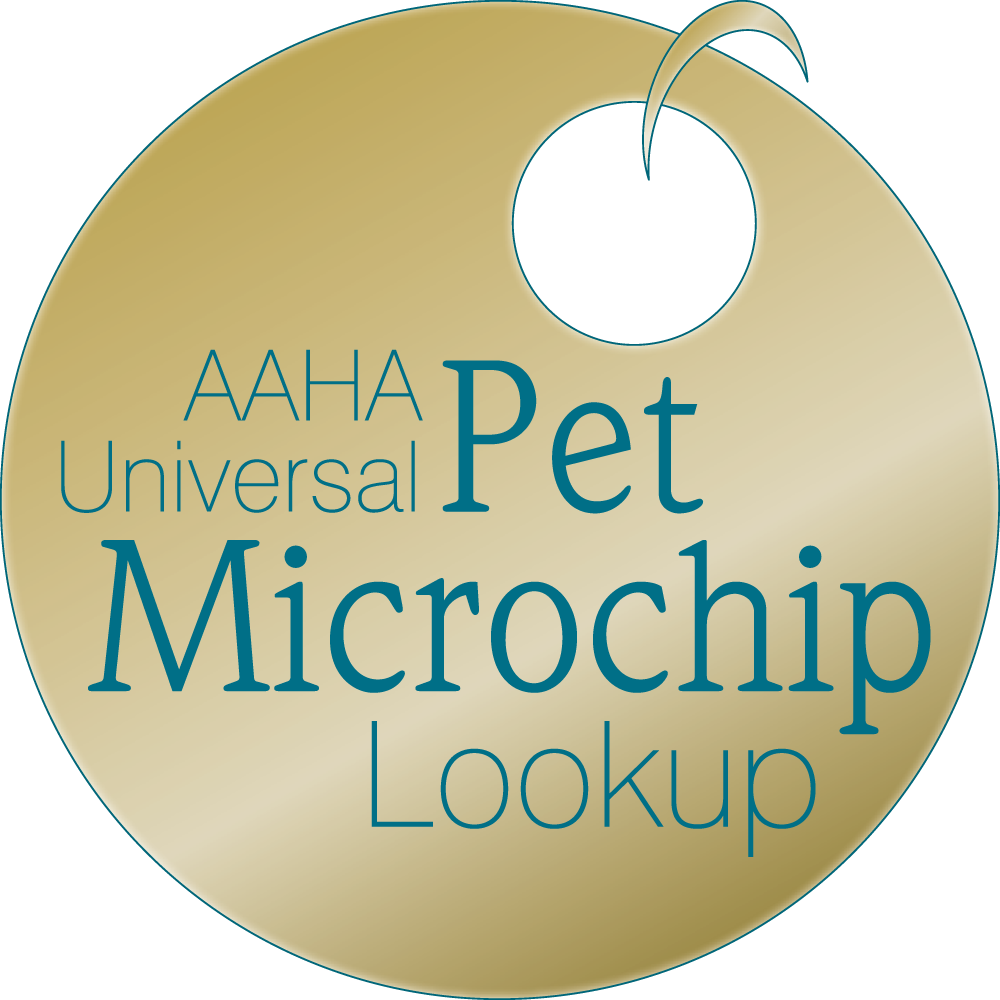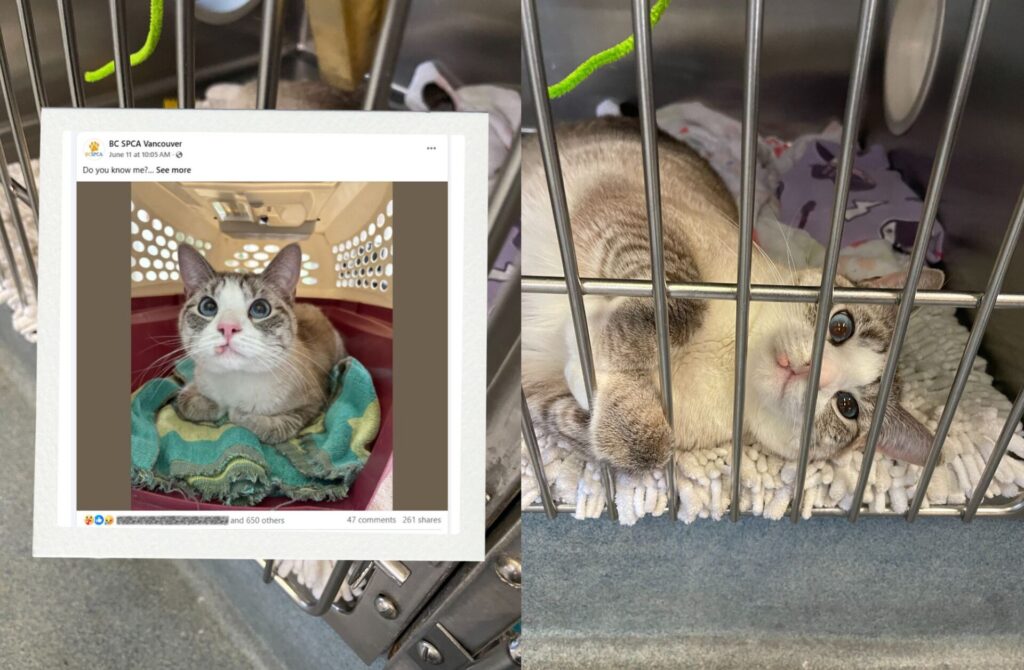Municipal Dog Licences: Why They Matter and How They Work with Microchip Registration
In most cities of British Columbia, obtaining municipal dog licences is mandatory. These licences play a crucial role in managing pet ownership while ensuring public safety. However, municipal dog licences and microchip registration serve different purposes. Understanding these systems helps pet owners meet local requirements while enhancing their pet’s safety.
What Are Municipal Dog Licences?
Municipal dog licences are part of the bylaw requirements in cities like Vancouver, Kamloops, and Kelowna. These licences, issued in the form of dog tags to be attached to dog collars, help local governments track pet populations, enforce leash laws, and maintain public safety. The fees collected from licences often fund animal control services, public education programs, and community resources for pets. Some cities also offer added benefits for the community, such as:

- Reward Programs: Dog licence holders have access to exclusive discounts and services offered by participating local businesses through the Dog Licence Rewards Program. For example, the RDCO has this initiative to encourage responsible pet ownership. (RDCO Dog Licences)
- Free Returns: In Vancouver, a missing dog gets a free ride home once per calendar year. (Vancouver Dog Licences)
- Emergency Support: In Surrey, licensing fees fund responses to hurt or stray animals in emergencies. (Surrey Dog Licences)
Tracing a Pet Owner Through Municipal Dog Licences
Municipal dog licences play a key role in reuniting lost pets with their owners. If you find a lost dog wearing a licence tag, follow these steps to trace the owner:
1. Check the Tag for a Licence Number
Each licence issued by a city contains a unique identification number engraved on the tag. This number is linked to the owner’s contact details in the municipal database.
2. Contact the Relevant City Office
Look for the city name or region indicated on the tag. Visit the city’s animal control or licensing department website to find their contact information.

3. Provide the Licence Number
When contacting the city office, share the dog’s licence number. Officials will cross-reference the number with their database to find the owner’s details. Most cities keep this information private but will contact the owner directly.
4. Reach Out to Local Animal Services

If you cannot identify the city from the tag, or if the tag cannot be found, contact a local shelter, animal control office, or veterinary clinic. These organizations can arrange for the pet to undergo a microchip scan. Microchips provide a permanent form of identification, which is invaluable in cases where the dog is not wearing a collar, or the tag information is illegible. Taking these steps ensures the best chance of reuniting the pet with its rightful owner.
Why Municipal Dog Tags Alone Aren’t Enough to Ensure Your Pet’s Safe Return
A municipal licence alone does not guarantee your pet’s safe return if they go missing. While effective in many cases, Municipal ID tags can sometimes fall off, be removed, or even be absent altogether if the dog isn’t wearing its collar at home. This lack of visual identification can make it challenging to reunite a lost pet with its owner. This is where permanent identification methods, such as microchips and tattoo codes, become essential, providing a reliable way to trace your pet back to you, even without a collar. The story of Toba and his great escape is a classic example where he did not have his collar when he went off on his adventure.
Understanding Microchip Registration
Microchip registration is a vital aspect of pet identification. The BC Pet Registry is the only non-profit pet registry in Canada solely dedicated to helping reunite lost pets with their owners. When you microchip your dog at the vet, you ensure a permanent ID that can help return your pet home if they get lost. It is equally important to check that the microchip is registered, and the contact information is up to date.

At events like Pet-a-Palooza Vancouver, 255 pets came to us for a scan of their microchip, in which 42 pets—about 16.5%—were found to be unregistered. This highlights the ongoing need for awareness about microchip registration. For those pets that remain unregistered, we cannot directly contact the owners if they were lost. As a result, these pets must wait in unfamiliar environments, causing unnecessary stress.
We recommend all pet owners to double check their pet’s registration and directly registering with us. All you need is the microchip number and/or tattoo code to start the online registration process. For a small, one-time fee of $45, your pet will be protected for a lifetime and you will also have contributed to the life-saving work of the BC SPCA.
Key Differences Between Municipal Dog Licences and Microchip Registration
Understanding the differences between municipal dog licences and microchip registration can clarify your responsibilities as a pet owner. Here are some key distinctions:
- City Bylaws: Municipal dog licences are mandatory as part of local bylaws, while microchips are optional.
- Purpose: Municipal licences track pet populations and connect dogs to local governments. Microchip registration provides a permanent backup for lost pets.
- Benefits: Municipal licences often provide access to community programs, infrastructure e.g. dog park and other animal control services, while microchip registration connects you directly to your pet’s ID.

With using both the municipal dog licence and microchip together, it significantly increases the chance of reuniting with your pet if they go missing.
Conclusion
Municipal dog licences and microchip registration work together to protect pets. While a licence meets bylaw requirements, a microchip adds a reliable safety net. You can even add your licence tag number to your BC Pet Registry account for added security. Take the time today to check your microchip registration status and ensure your contact details are current. With both systems in place, you’ll maximize your pet’s chances of returning home safely.
FAQ
1. What is the purpose of a municipal dog licence?
A municipal dog licence helps cities track pet populations, enforce leash laws, and maintain public safety. The licence fees support animal control services, community pet programs, and public education initiatives.
2. How is a municipal dog licence different from a microchip?
A municipal dog licence is a visible ID tag attached to your dog’s collar and is required by city bylaws. A microchip is a permanent form of identification implanted under your pet’s skin, linking them to a registry with your contact details.
3. Can a municipal dog tag help reunite me with my pet if they go missing?
The short answer is yes, provided the dog is wearing one. While dog tags are a quick and visible form of identification, they can fall off, be removed, or may not be worn if your dog is at home. Microchips and tattoo codes provide a more reliable way to trace your pet, even without a collar.
4. Do I need both a municipal dog licence and a microchip for my dog?
Municipal dog licences are mandatory as part of local bylaws, while microchips are optional. However, using both together significantly increases the chances of reuniting with your pet if they go missing.
5. How can I trace the owner of a lost dog with a municipal dog licence?
If a lost dog has a municipal tag, you can contact the issuing city’s animal control office or licensing department. They will use the tag’s number to locate the owner in their records.



